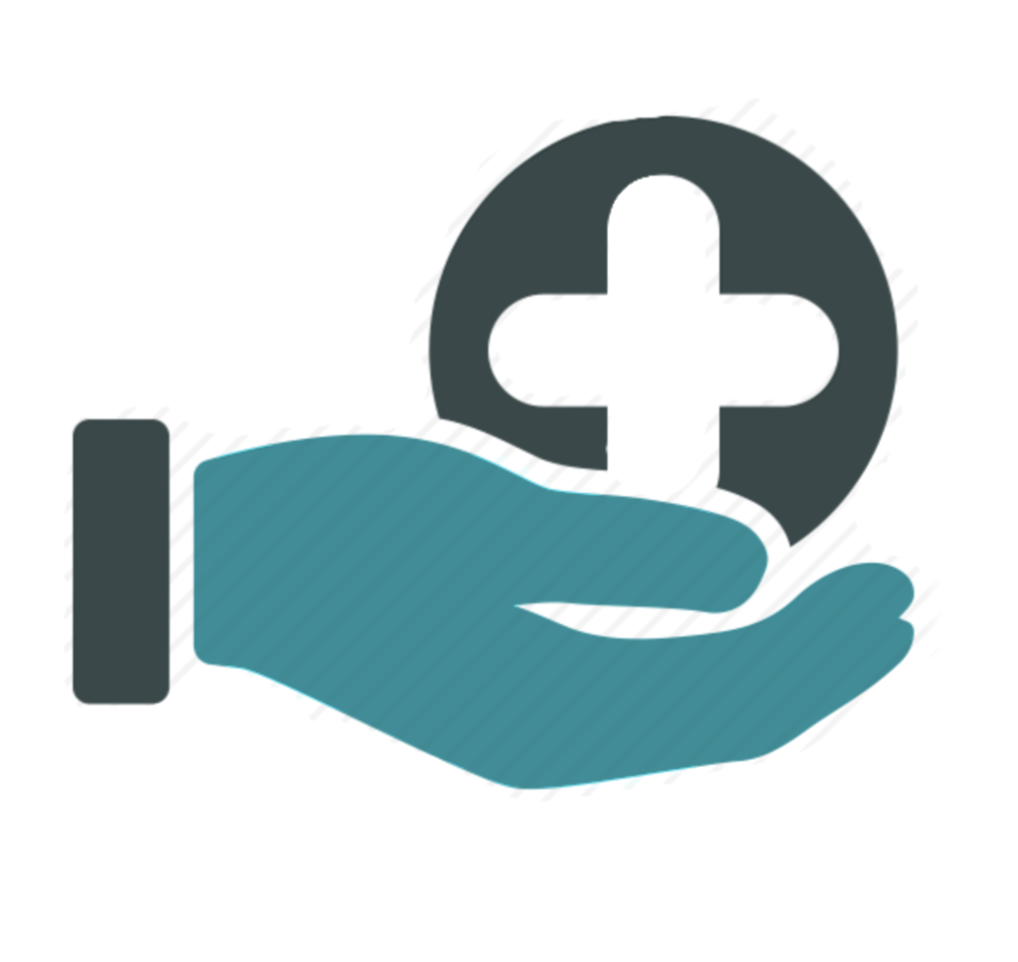
Cleft lip and palate is the most common congenital anomaly of the head and face, affecting around 1 in 700 newborns in the U.S. each year.

Using ultrasound, cleft lip may be detected beginning around the 13th week of pregnancy; cleft palate may be harder to identify.

9 of 10 patients with cleft lip have a unilateral (one-sided) cleft. It is twice as common on the left side as it is on the right.

In addition to surgical repair, patients should receive specialized care by a cleft team to address potential dental, speech, and feeding needs.
1
2
3
4
Previous
Next




